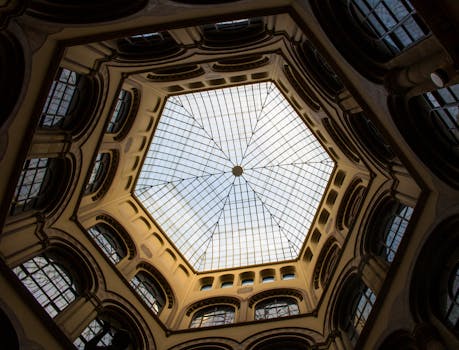
Traveling Through Time: How Europe’s Historical Heritage Shapes Modern Lifestyles in 2025
Introduction to Europe’s Historical Heritage
Traveling Through Time: How Europe’s Historical Heritage Shapes Modern Lifestyles in 2025. Europe, with its vast and diverse history, has been a hub of cultural, architectural, and social evolution for centuries. The continent’s historical heritage is a treasure trove of iconic landmarks, cultural traditions, and historical events that have shaped the modern world. As we navigate the complexities of the 21st century, it is essential to understand how Europe’s historical heritage continues to influence modern lifestyles.
Architectural Legacy
One of the most significant aspects of Europe’s historical heritage is its architectural legacy. From the ancient ruins of Greece and Rome to the modernist masterpieces of Barcelona and Berlin, Europe’s cities are a testament to the continent’s rich cultural and historical diversity. The Gothic cathedrals of Paris, the Renaissance palaces of Florence, and the Baroque fountains of Rome are just a few examples of the countless architectural wonders that dot the European landscape. These iconic structures not only attract millions of tourists each year but also continue to inspire modern architects and designers.
Cultural Traditions
Europe’s historical heritage is also characterized by a wealth of cultural traditions that continue to shape modern lifestyles. From the vibrant festivals of Spain and Italy to the traditional folk music of Ireland and Scotland, Europe’s cultural diversity is a key aspect of its historical heritage. The continent’s many museums, galleries, and performance venues are a testament to the enduring power of art and culture to bring people together and inspire new generations. Whether it’s the avant-garde art of Berlin, the classical music of Vienna, or the contemporary theater of London, Europe’s cultural scene is a vibrant and dynamic reflection of its historical heritage.
Historical Events and Modern Lifestyles
Europe’s historical heritage has also had a profound impact on modern lifestyles, from the way we live and work to the way we think and interact with one another. The Enlightenment, the Industrial Revolution, and the two World Wars are just a few examples of the historical events that have shaped modern European society. The continent’s experience of colonialism, imperialism, and migration has also had a lasting impact on modern lifestyles, from the diversity of its cities to the complexity of its social and political institutions. As we navigate the challenges of the 21st century, it is essential to understand how Europe’s historical heritage continues to shape modern lifestyles and inform our responses to global issues such as climate change, inequality, and social justice.
Conclusion
In conclusion, Europe’s historical heritage is a rich and complex tapestry that continues to shape modern lifestyles in 2025. From its architectural legacy to its cultural traditions and historical events, the continent’s historical heritage is a vital part of its identity and a key aspect of its appeal to visitors from around the world. As we look to the future, it is essential to understand and appreciate the significance of Europe’s historical heritage and its ongoing impact on modern lifestyles.





